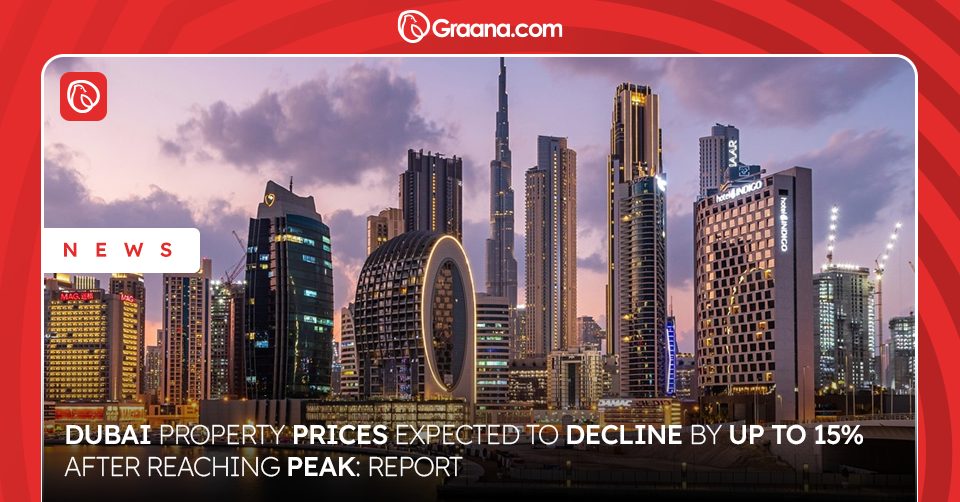Introduction
The real estate sector has experienced several revolutions throughout the ages. With the development of hand tools, mankind was able to achieve remarkable feats of construction. Subsequently, multiple technological innovations completely revolutionised the real estate industry. Besides demographic, technological, and environmental factors, a host of different challenges and opportunities are bringing seismic shifts in the real estate sector. Understanding the developing modern trends in real estate is essential for real estate professionals, contractors, developers, financial institutions, government bodies, and the general public. With increased urbanisation, a rapidly growing population, changing household compositions, continued affordable housing shortages, the proliferation of self-driving cars, and the growth of eCommerce, the real estate sector is bound to experience massive changes. Although some of these factors are not directly related to the real estate sector nevertheless, the consequences of these trends will be felt. Continue reading to understand the modern trends in real estate and the impact they will have.
Trends in Real Estate
Keeping in mind the latest trends in real estate can greatly help investors and all relevant stakeholders to strategise and find opportunities. It also can be an essential part of finding out the risks at an appropriate time. All demographics and population forecasts show that the net influx of people coming into urban areas is leading to the creation of highly saturated mega cities where the residents are forced to live in densely populated areas. According to the UN, 68% of the world’s population will be living in urban areas by 2050 (UN, 2021). Therefore, it is yet to be seen which cities will experience the most amount of growth and where these cities would exist in the future. This can be an extremely significant trend because cities that experience the highest rate of migration from rural areas will likely see a rise in home values and rents as a higher population density leads to created demand and restricted supply. In terms of investing in real estate, figuring out the future growth of cities will likely lead to successful investments in infrastructure and development.
Innovations in the healthcare sector have also led to lower mortality rates, and thus, an increasingly ageing population (Batson, 2016). This will certainly lead to changing demands for housing, consumption, employment and medical care. It can also be seen that people above 65 years of age will become the fastest-growing demographic segment for the next 25 years (Roberts, 2018). Therefore, it is necessary to ask questions like, where are these people going to live? And how will their needs be fulfilled? The impact of this trend will result in the formation of hospitals, outpatient care facilities, end of life facilities, and the provision of senior-friendly housing and entertainment environments. Another major factor is the changing household composition of families in urban areas (Mishra, 2012). As more households become multi-generational and move into shared living situations, lower homeownership rates will create renters who move more frequently. Frequent moving can also create demand for storage spaces, a premium in the currently increasing and densifying urban area.
A significant trend that can transform the real estate sector is the growth of 18-hour cities (MillionareDoc, 2019). People are moving away from 24-hour core metropolitan areas to lower their cost of living and cost of doing business. The cities not only provide housing and commercial areas that are more affordable, but they are also becoming a model for sustainable and green infrastructure development. It is also projected that population and employment in these cities will grow at twice the rate compared to the national average in the next decade. If this trend continues, it can lead to a growing demand for housing and rental estate in such cities. It may also attract high-income earners who want to live a more relaxed lifestyle. In contrast, the world continues to face an affordable housing shortage. With Pakistan having the highest per capita demand for housing in the world, vertical construction and utilisation of obsolete spaces are becoming a necessity. Industrial areas which are not fully utilised have been used for affordable housing in many parts of the world. Keeping in mind the rapid innovations in the technological aspect of construction technologies, innovations in building techniques and construction mechanisms like 3D printing are projected to become the future of the real estate sector.
Trends in Pakistan’s Real Estate Sector
Pakistan’s real estate sector has a massive potential to uplift the country’s economy. Having the highest per capita demand for housing in South Asia, it can be seen that the demand for real estate development has far outstripped the supply. A lack of regulation, access to information, malpractices, and a weak investment structure has led to slow growth in the country’s real estate development. However, the landscape is changing rapidly due to many actions taken by the incumbent government. In terms of regulation, Pakistan has now undertaken to develop a real estate regulatory authority that will aim to regulate the activities of developers and advertisers in the real estate development segment to protect people from fraud and misconduct. It will also ensure that people who invest in developmental projects are delivered what they have been advertised. Beyond these two very important regulatory functions, the body will also provide builders and developers with set standards for construction to ensure the sustainability and safety of the residents. As the majority of court cases in Pakistan are related to land disputes, the regulatory body also aims to enact a system of speedy trials through appellate tribunal courts. If implemented in its true letter and spirit, the establishment of the regulatory authority will transform the real estate sector of Pakistan.
Another positive trend in the real estate sector of Pakistan is the granting of industry status to the construction sector. as real estate is connected to more than 40 allied industries, growth in one aspect is directly related to growth in all the others. The move has allowed the government to specifically designed tax benefits for developers who aim to construct affordable housing schemes under the Naya Pakistan Housing Programme. A multitude of tax incentives will motivate foreign and local investors to take on the project and provide affordable housing to millions of people in Pakistan. The government has also backed this scheme by introducing reforms in the housing finance regulation. It has now mandated commercial banks to give a certain number of housing loans to the lower-income segment of the population. This has allowed the lower- and middle-income class groups to access housing finance unsubsidised rates over varying periods. Several projects have already been completed under the programme. Lastly, a positive development for the real estate sector of Pakistan comes in the form of technology adoption. The real estate sector has always been notorious for its late adoption of technologies; however, artificial intelligence, big data, virtual reality, augmented reality, and digital mapping of land have all been introduced in Pakistan through companies like Graana.com and Propsure digital solutions.
Conclusion
Although Pakistan’s release of a sector has been characterised by speculation and malpractice due to a lack of regulation and lack of access to information, positive developments by the incumbent government have led to the sectors growth and increased contribution towards the economy. With the introduction of technology, it is hoped that transparency and access to information will greatly enhance investor confidence along with local support for real estate development. Keeping in mind the global trends of real estate development and the positive steps taken by the incumbent government of Pakistan, it is hoped that the public and private sectors will work together to ensure that the real estate sector becomes the most profitable and sustainable sector of the economy of Pakistan.




